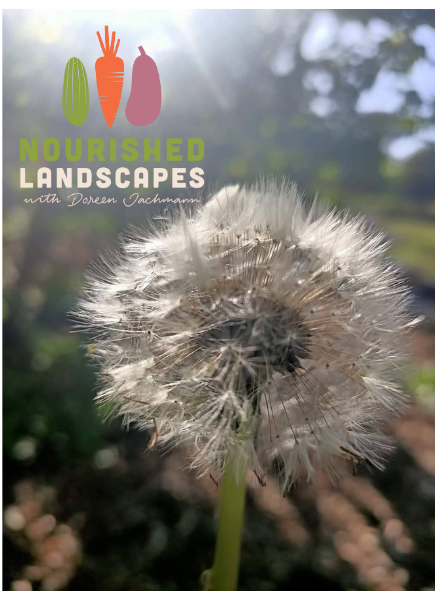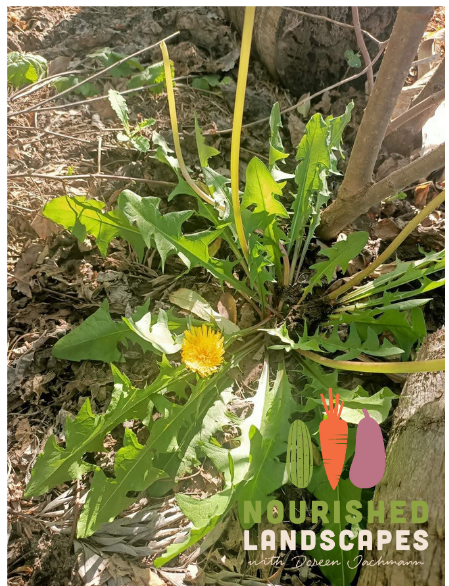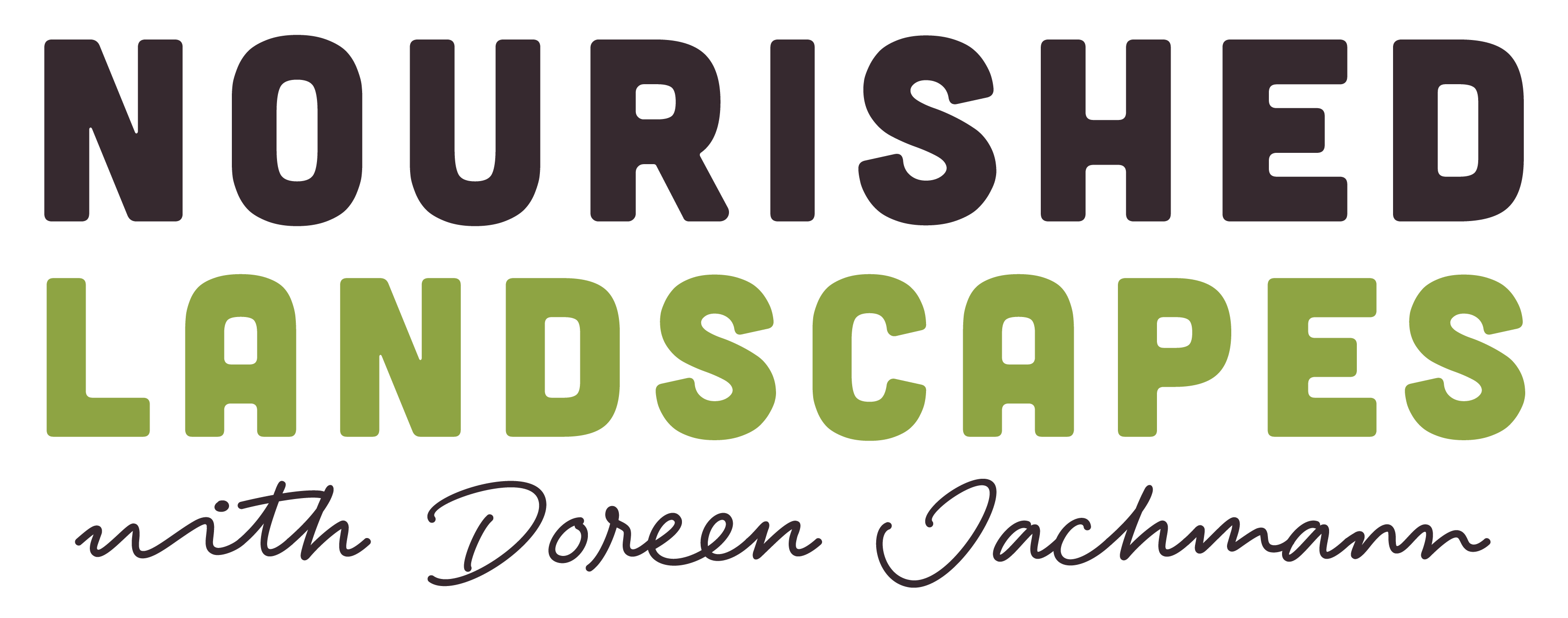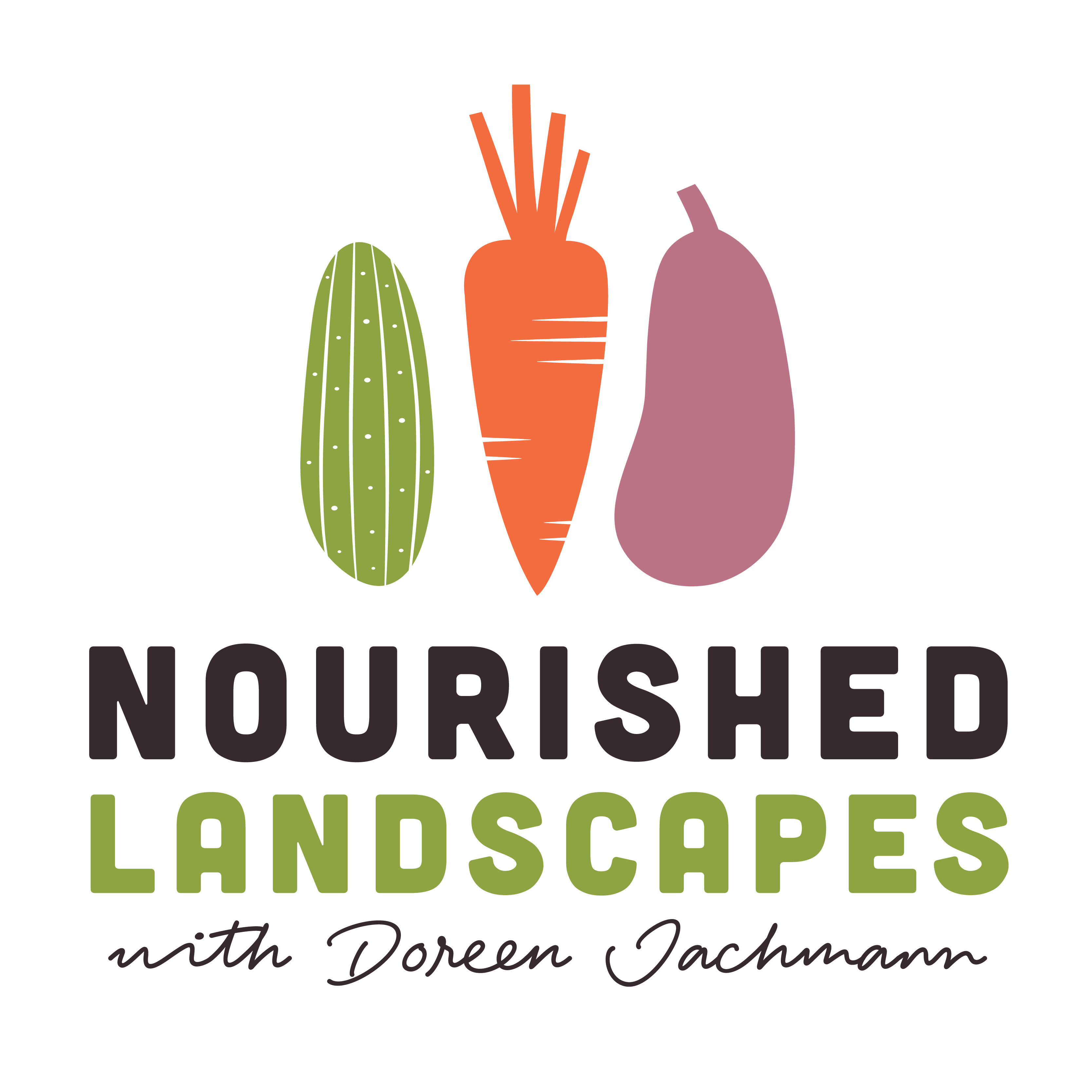Plant Profile Dandelion

Plant Profile Dandelion (Taraxacum officinale)
Common Names: Dandelion, Common Dandelion, Lion’s Tooth
Scientific Name: Taraxacum officinale
Family: Asteraceae
Plant Type: Perennial herb
Physical Description
- Height: 10–30 cm.
- Spread: 10–30 cm, with a basal rosette of leaves.
- Leaves: Deeply toothed, green, lance-shaped leaves forming a rosette at the base.
- Flowers: Bright yellow, composite flowers appearing on single, hollow stems; blooms almost year-round in favourable conditions.
- Seeds: Greyish-brown seeds with a pappus of fine hairs, dispersed by wind.
- Roots: Deep taproot, often branching, with a pale interior.

Habitat and Distribution
- Native Range: Europe and Asia.
- Naturalised Range: Found worldwide, including throughout Australia, where it thrives in lawns, gardens, roadsides, and disturbed soils.
- Habitat: Prefers sunny locations with moist, well-drained soils but tolerates a wide range of conditions. It grows well in dappled shade.
Growing Conditions
- Light: Prefers full sun but tolerates partial shade.
- Soil: Grows in a wide range of soils, including clay and sandy loams; thrives in slightly acidic to neutral pH (6.0–7.5).
- Water: Moderately drought-tolerant but prefers regular watering in dry periods.
- Temperature: Hardy to frost and heat, capable of growing in most climates.
- Fertiliser: Requires minimal fertiliser; adding compost can enhance leaf growth for harvesting.
Uses in Permaculture
- Edible Plant: Entire plant is edible, providing food throughout the year.
- Leaves: Young leaves are used in salads, pestos, or cooked as greens.
- Flowers: Can be made into teas, syrups, wines, or used as a garnish.
- Roots: Roasted roots make a caffeine-free coffee substitute or can be cooked in stews.
- Soil Improvement: Deep taproot aerates and breaks up compacted soils, drawing nutrients to the surface for other plants.
- Pollinator Support: A vital nectar source for bees, butterflies, and other pollinators, particularly in early spring.
- Medicinal Plant: Used traditionally for liver and kidney support, digestion, and as a diuretic.
Propagation
- Seeds: Easily propagated from seeds. Scatter seeds on the soil surface and press gently; germination occurs in 7–14 days under moist conditions.
- Division: Mature plants can be divided by separating the roots and replanting.
Seasonal Care for the southern hemisphere
- Spring (September–November): Sow seeds or harvest young leaves for culinary use. Flowers appear abundantly during this time.
- Summer (December–February): Water regularly during dry periods. Harvest flowers and roots.
- Autumn (March–May): Collect seeds for future planting and harvest mature roots for drying or roasting.
- Winter (June–August): Leaves can still be harvested in milder climates. Protect plants in frost-prone areas if needed.
Pests and Diseases
- Pests: Rarely affected by pests, though aphids or slugs may occasionally target young plants.
- Diseases: Generally disease-resistant but may develop powdery mildew in excessively humid conditions.
Harvesting and Maintenance
- Leaves: Harvest young leaves before flowering for the best flavour, as older leaves can become bitter.
- Flowers: Pick in the morning when they are fully open for optimal freshness.
- Roots: Harvest in autumn or early winter when nutrient content is highest.
Special Considerations
- Self-Seeding: Dandelions spread easily through wind-dispersed seeds, so manage plants carefully if you want to prevent excessive spreading.
- Cultural Significance: Long associated with traditional medicine and folklore, dandelions symbolise resilience and renewal.
Dandelion (Taraxacum officinale) is a highly versatile and valuable plant, offering food, medicine, and ecological benefits. It is a must-have for sustainable gardens and permaculture systems.
----------------------------------------------
About the Author
Doreen Jachmann from Nourished Landscapes has been providing permaculture services for over 10 years.
Doreen is passionate about helping people create sustainable and resilient landscapes.
Nourished Landscapes offer a variety of services, including:
* Permaculture design and installation
* Permaculture education, presentations and workshops
* Permaculture consulting
If you are interested in learning more about permaculture, please contact us today!


0 comments
Leave a comment
Please log in or register to post a comment